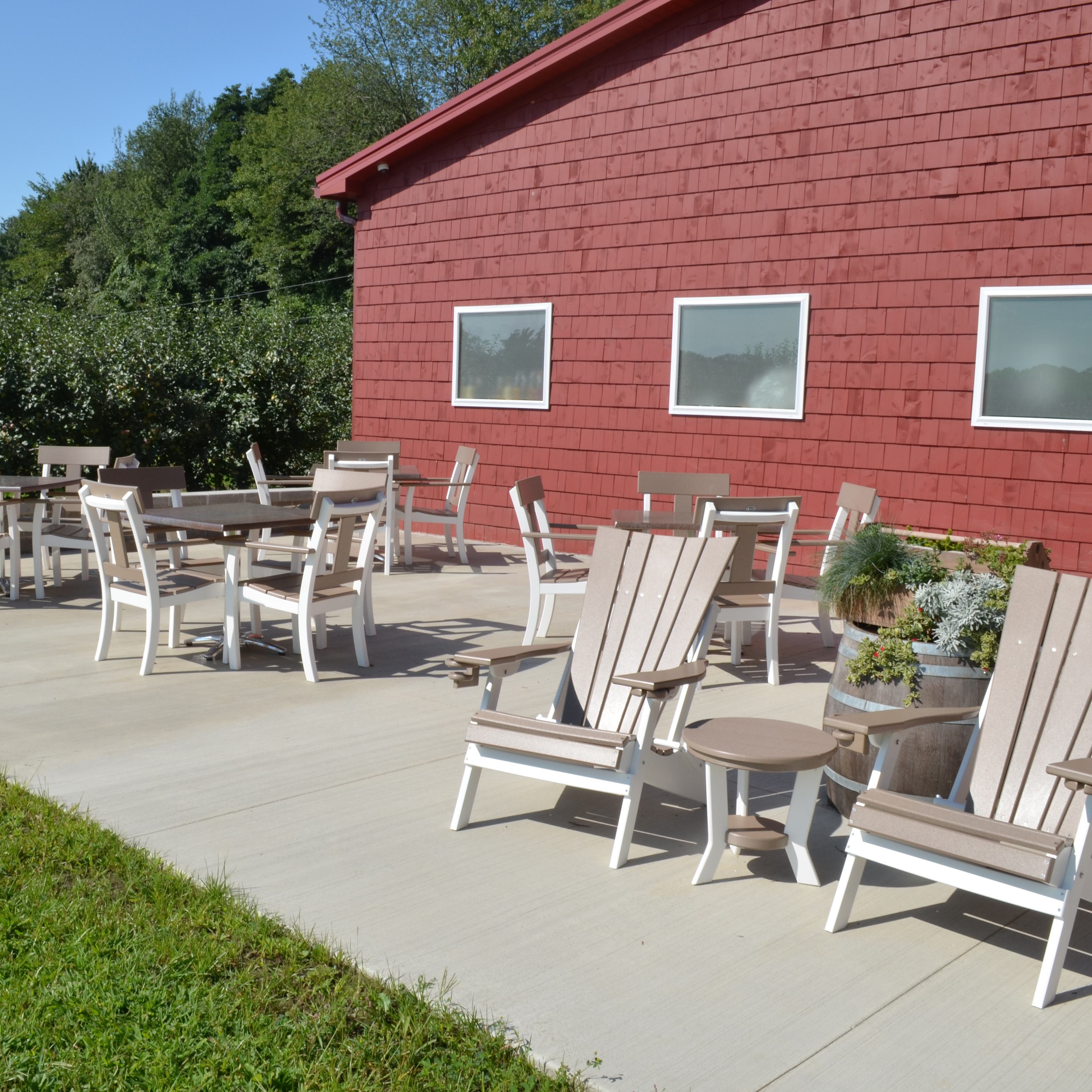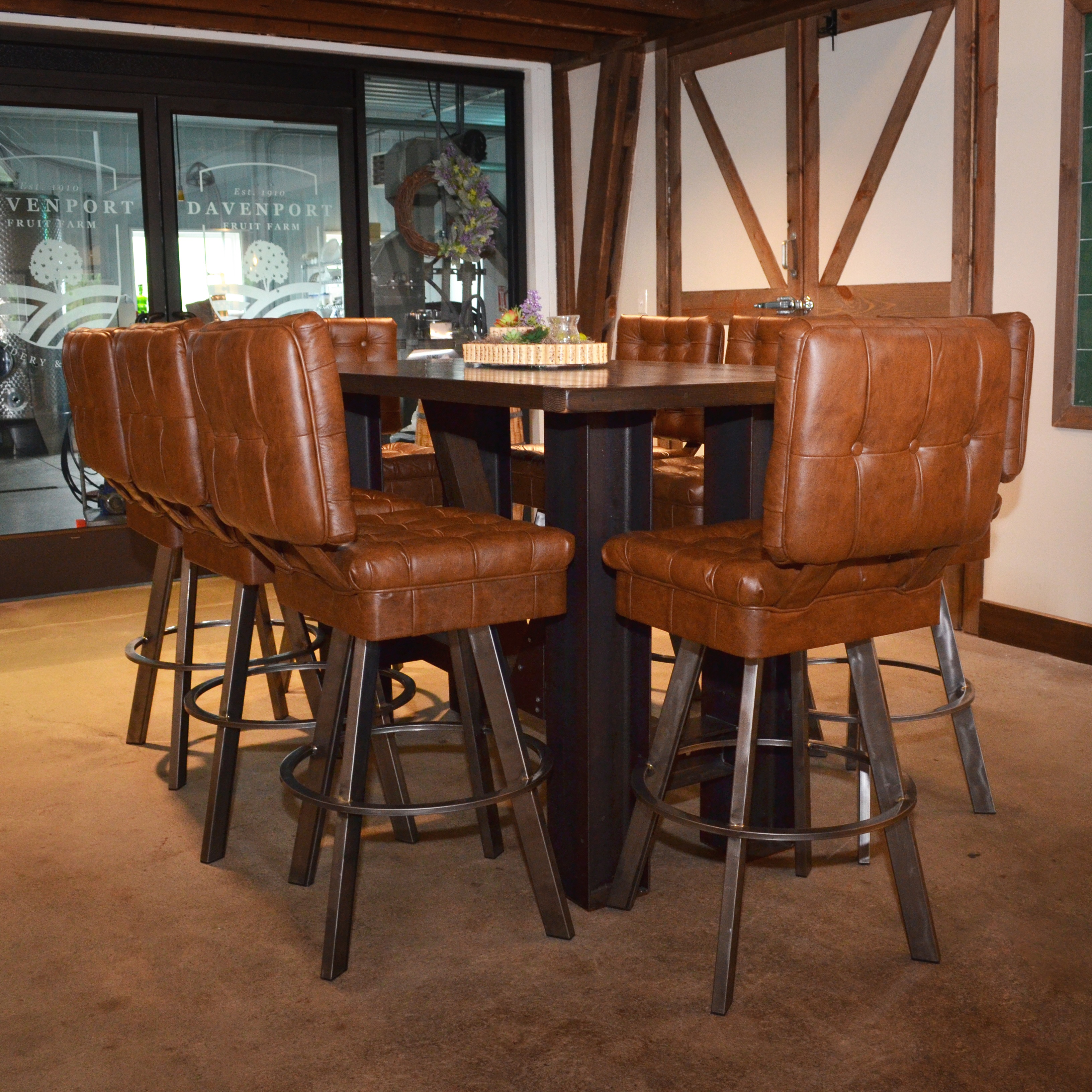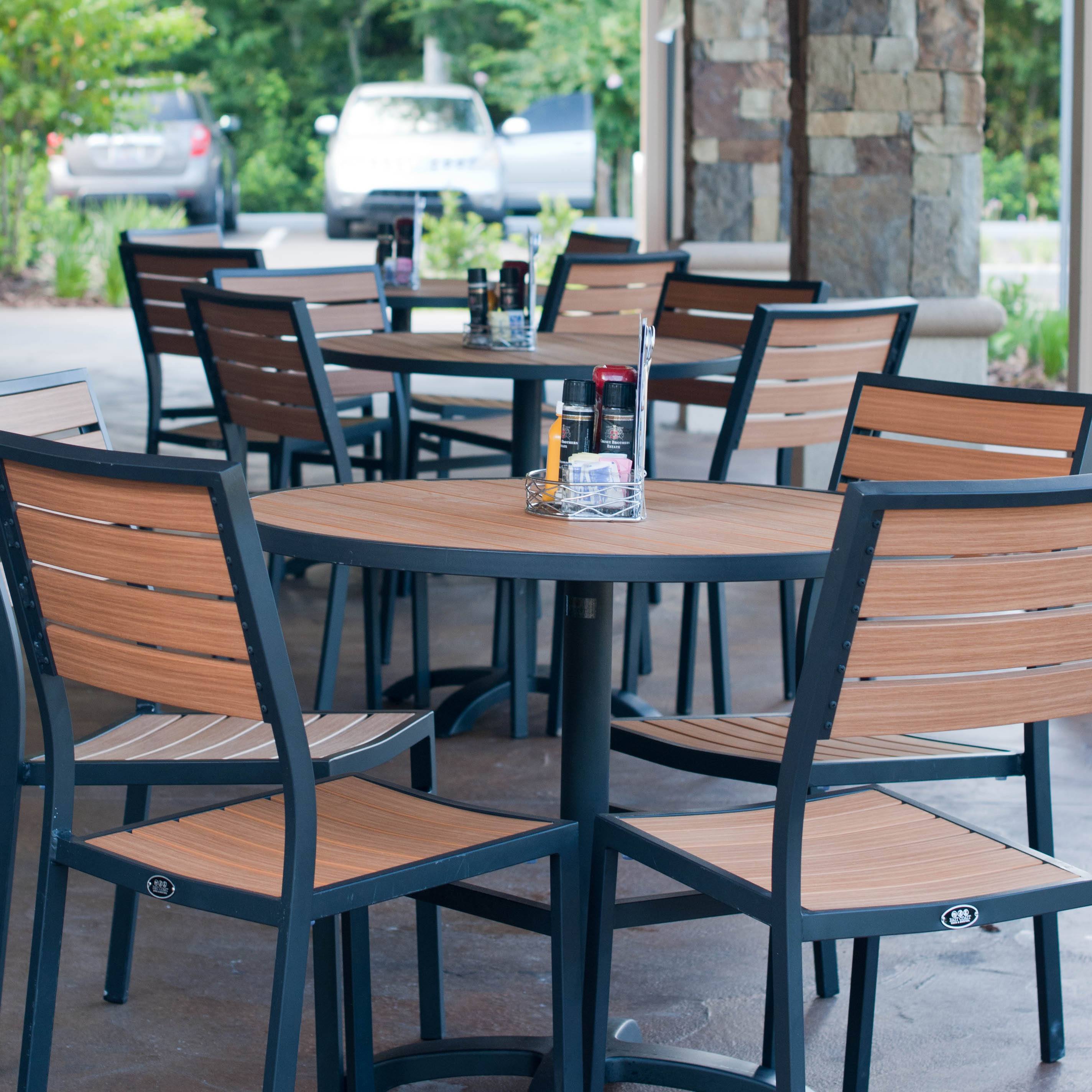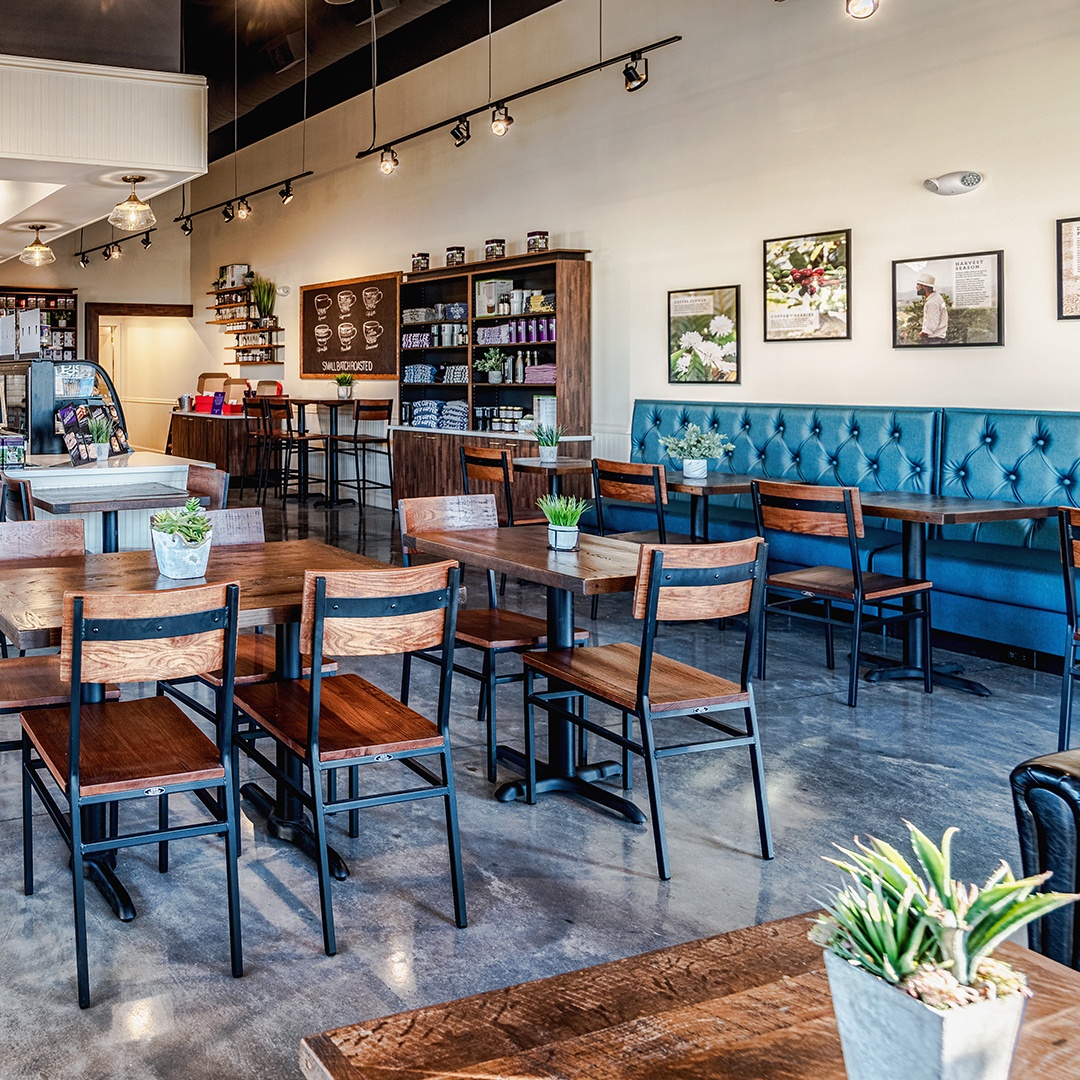With a pandemic and unprecedented challenges, ‘business as usual’ for restaurateurs hasn’t looked very usual for the past couple of years. Food, supply, and labor shortages have forced business owners to take a look at their standard operating procedures and see if they need to make changes to stay afloat.
Many restaurants have resorted to changing their restaurant hours to aid specifically with short-staffing that’s plaguing businesses across the country. If your business is struggling with this, it may be time to temporarily lessen your hours until you can bring on more staff.
Should You Change Your Business Hours?
Is it time to change your business hours? If you can say yes to at least two of these questions, it may be time to consider it:
- Has the driving force of time-specific traffic gone down? In more traditional seasonal changes, many restaurants make the switch to fall/winter hours that differ from spring/summer ones. And the same can apply now! If you used to rely on a corporate lunch crowd to make staying open for lunch worth it, but now these people work at home or are coming into the office less, it may be time to make some adjustments.
- Is your current staff swamped with their customer coverage? The labor market has been no joke for restauranteurs. If you notice more mistakes happening as a result of being spread too thin or trying to be fast over conscious of quality, your wait and back of house staff may be overwhelmed with less staff to help share the work.
- Are your customers getting a lower quality experience? If you are short-staffed, not only are your other staff feeling it, your customers may be as well. Customers that have a less than satisfactory experience, even when it is not the staff’s fault, such as wait times, they may choose not to come back.
How to Change Your Business Hours Effectively:
Changing your hours isn’t just updating the sign on your front entrance. You need to look at your most profitable days/times and the staff you have at the moment to make the best decision. According to the Financial Times, Thursdays through Saturdays are typically the busiest for restaurants, while Mondays are the slowest, even in more normal times. Some restaurants have factored this into their operating plan by being closed Monday and sometimes Tuesday because they know it’s more effective to focus their efforts on the latter portion of the week.
Even if you change your public-facing hours, this may add more time behind the scenes for your staff to get ready for the day. Should you switch to dinner-only on some days and takeout/delivery for lunch? Could you add more prep time for the back of house staff to be better prepared with less people for the day? Tapering back public hours a bit may give your reduced staff more adequate time to be on during the most profitable times.
What Else Do You Need to Do After You Change Your Hours?
After making the decision to change your hours, what is there to do next? Since this is ideally a temporary measure, you don’t want to forget to communicate, communicate, communicate the changes!
- Post the new hours everywhere! From your front door, to social media, to Google, to an insert in your menu, to your phone message – your hours need to be updated. If customers aren’t made aware of the change, they don’t know when they can come support your business.
- Call a staff meeting and explain the new hours. They’ve likely been feeling the strain of increased customer coverage due to limited staffing and will appreciate your action while also reassuring them of their standing. This is especially important if you are using what was public-facing time and is now dedicated prep time. It’s always good to clue them in on what’s happening in their own workplace in these uncertain times.
- If staffing was your issue, keep looking and searching for staff! The goal is to get back to business as usual with normal operating hours and a full staff that doesn’t feel so overwhelmed.
This temporary change should be helpful to your business, while making as little an impact to your bottom line as possible, so communicating and striving to fix the problem is very important.
As restaurants and businesses continue to face the challenges of this current world, it’s crucial to make the hard decisions for the good of the staff you do have, customers, and business as a whole. It isn’t an easy decision to make, but ideally altering your restaurant’s public-facing hours can become a helpful solution if you’re facing a labor shortage.






